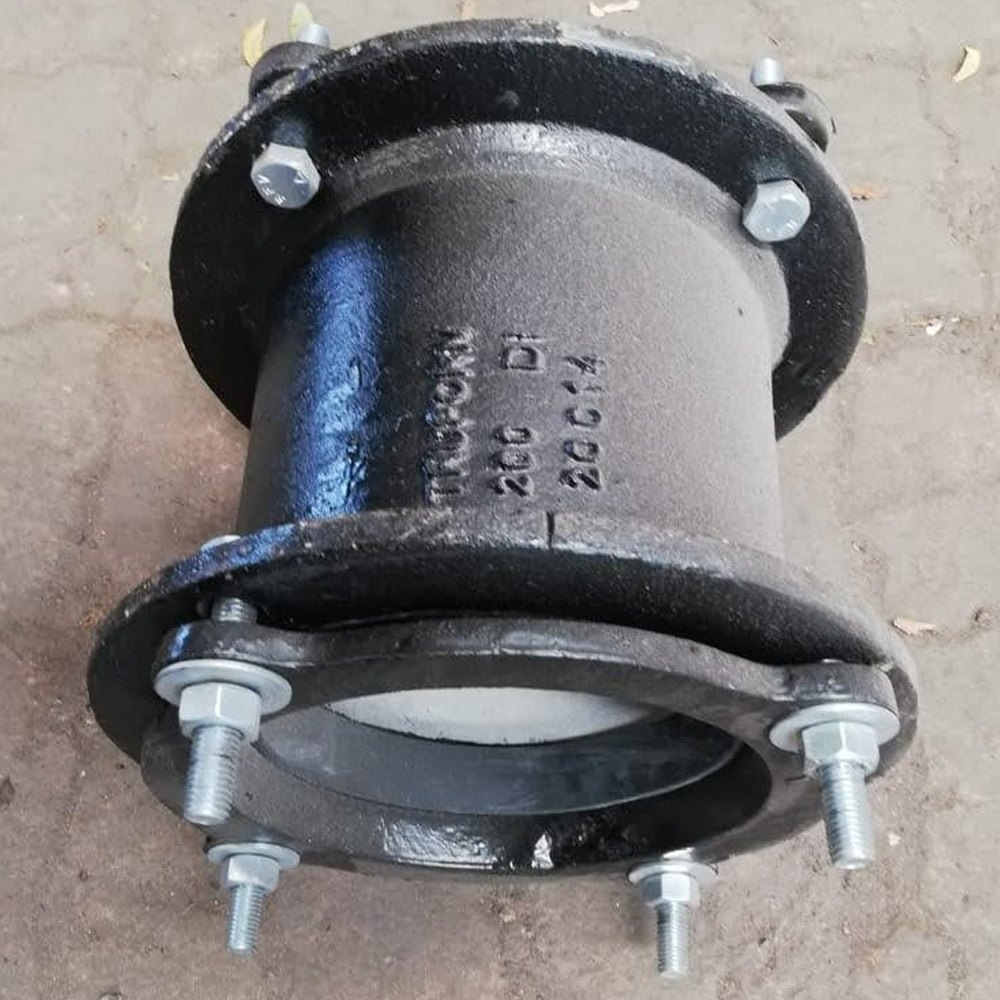In the intricate world of engineering, the choice between permanent and temporary joints is a pivotal decision that significantly influences the functionality, durability, and adaptability of assembled components. This article embarks on a detailed exploration, unraveling the nuanced differences between permanent and temporary joints, providing engineers and enthusiasts with a comprehensive understanding of their characteristics and applications.
1. Defining Permanent Joints
A. Enduring Bonds
Begin by defining permanent joints as connections that are intended to be lasting and robust. Explore how welding and brazing represent prime examples of permanent joining methods, where materials are fused at the molecular level to create inseparable bonds.
B. Structural Implications
Examine the structural implications of permanent joints, emphasizing their ability to withstand long-term stresses and loads. Discuss how the permanence of these connections is advantageous in applications where disassembly is not a requirement.
2. Understanding Temporary Joints
A. Disassemblable Connections
Contrast permanent joints with temporary joints, which are designed for disassembly and reassembly. Explore how mechanical fasteners like bolts, nuts, and screws exemplify temporary joints, providing flexibility for maintenance, repairs, or modifications.
B. Versatility and Adaptability
Highlight the versatility and adaptability inherent in temporary joints, allowing for adjustments and alterations without compromising the integrity of the components. Discuss scenarios where temporary joints are preferred for their ease of assembly and disassembly.
3. Mechanisms of Permanent Joints
A. Fusion in Welding
Dive into the mechanisms of permanent joints, starting with welding. Explore various welding methods such as arc welding, TIG welding, and MIG welding, elucidating how they achieve molecular fusion between materials, creating a single, unified structure.
B. Filler Metals in Brazing
Examine the intricate process of brazing, where a filler metal with a lower melting point than the workpieces is used to join them together. Discuss how brazing offers an alternative to welding, suitable for materials with different melting points.
4. Mechanisms of Temporary Joints
A. Threaded Connections in Bolting
Shift the focus to temporary joints, starting with threaded connections in bolting. Discuss how bolts, nuts, and screws create secure connections through the application of torque, allowing for controlled assembly and disassembly.
B. Snap-Fit and Clamping Mechanisms
Explore other mechanisms employed in temporary joints, such as snap-fit and clamping systems. Discuss how these mechanisms provide rapid and secure connections, making them ideal for applications where quick assembly or disassembly is required.
5. Applications in Engineering and Manufacturing
A. Permanent Joints in Structural Integrity
Examine real-world applications where the use of permanent joints is crucial for maintaining structural integrity. Discuss examples in construction, aerospace, and automotive engineering where welded or brazed connections provide enduring strength.
B. Temporary Joints in Versatile Assemblies
Highlight applications where temporary joints shine, such as in the assembly of machinery, consumer products, and modular structures. Discuss how the adaptability of temporary joints caters to the evolving needs of these industries.
Conclusion: Balancing Permanence and Flexibility in Engineering Connections
Summarize the article by emphasizing the strategic considerations that guide the choice between permanent and temporary joints. Highlight the importance of understanding the specific requirements of each application to achieve an optimal balance between permanence and flexibility.




More Stories
Kaisen: Leading Cyclone Separator Manufacturer Offers High Efficiency at Affordable Prices
Oil-Free Scroll Compressors for Food and Beverage Processing: Ensuring Clean, Safe, and Efficient Production
Top Applications of Hardfacing Welding Machines in Heavy Industries